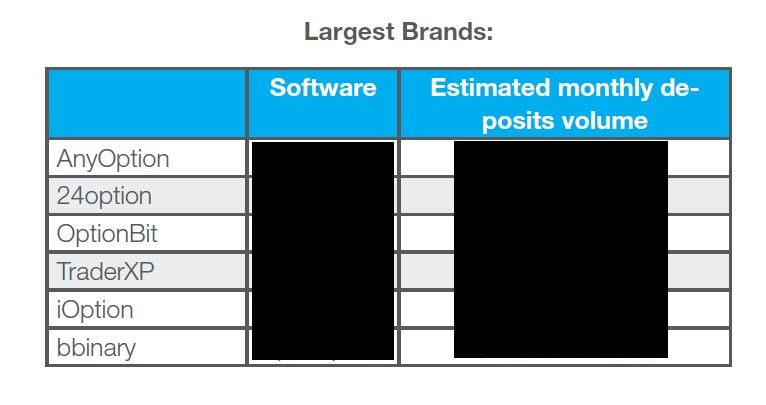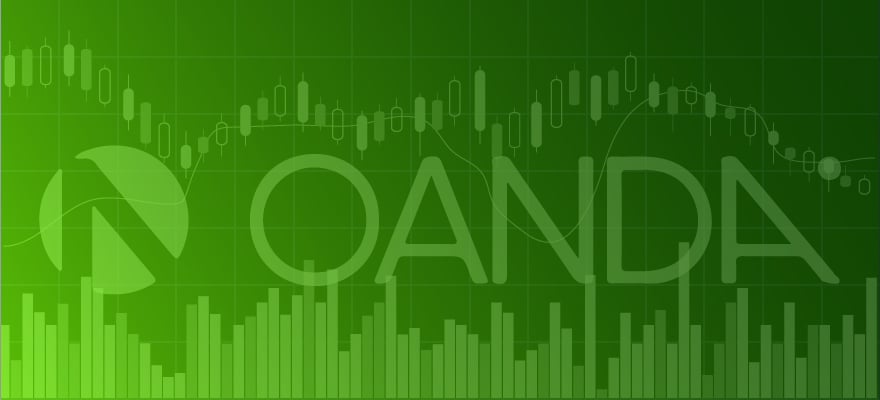I’ve been always fascinated with the emerging binary options market – mainly because it’s a very simple trading instrument and technology is readily available. At first I thought it would be just another trend of many which will end up being a marginal part of the online financial trading business. Recent developments have proven me wrong.
In the past year, and especially in the past six months, binary options trading volumes have literally exploded. The market now is undergoing an unprecedented growth thanks to two main factors: the very low cost of starting your own brand and the relative easiness of trading.
Unlike Forex , stocks or options – binary options trading is a highly intuitive instrument. Granted there are dozens of types of options various brokers and providers offer, the two main options are Up/Down and Touch options. Up/Down credits you a double digit payout if the price of the underlying asset ends up above or below the expiry price of the option you chose while the Touch option gives you similar payout if the underlying price ‘touched’ the level you are betting on within given timeframe.
Payouts are typically between 75% to 85% (depending on the broker and account type) meaning that you end up earning up to 85% if you are right or losing 100% if you are wrong. This means that unlike forex and spread betting your losses and profits are limited.
From technology point of view – it has never been easier and cheaper to start your own brokerage. Most binary options technology providers offer you a truly complete solution which includes everything from front-end, website design, CRM, Risk Management , compliance and whatnot. This all comes at a relatively affordable set-up price of $20-30k and 20-30% of net profit from risk management, meaning that most expenses are made from revenue share as software providers also take care of the risk. This leaves the broker with just two main concerns – bringing leads and converting them into active clients. I only wish it worked the same way in forex.
The benefits for software providers are obvious – they set-up dozens of brokers offsetting the cost through the set-up fees and make huge profits on risk management. After all, just like banks in forex – they get to see the full orders book. Options pricing is also made in a way that maximizes the profit potential for the broker/software provider.
For Brokers income here too is quite straightforward – if maximum payout is 83% for instance then the spread is 8.5% (average of 100 and 83) – much higher than the one in forex. While no broker or software provider would publicly admit this, the known statistic in the industry is that around 80% of traders end up losing all their deposits – still higher than the 90-95% in spot forex trading. It seems to me from speaking to binary option traders that they take these losses much more lightly then their forex peers because they view this rather as betting or gambling than trading. It’s much easier to accept a loss when you know you have a 50/50 chance at winning or losing (although in fact winning chances are much lower than that).















